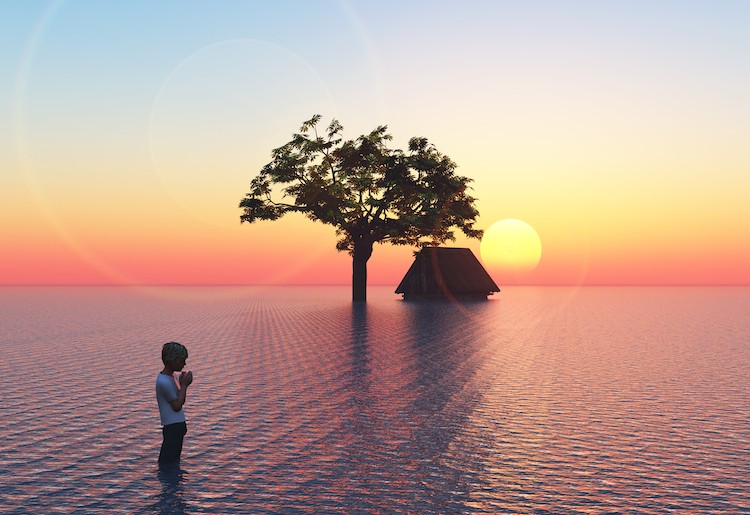Climate change is the most impactful issue of our time, affecting the survival of both humans and all other life forms on Earth. Here are just a few of the consequences we’re already seeing from humanity’s heavy footprint.

15 Frightening Facts About Climate Change
By The Culture-ist
-
Spread of Disease
By The Culture-ist
Climate change is linked to an increase in disease-carrying pests that lead to the spread of diseases such as malaria, lyme disease and West Nile virus.
-
Heat-Related Illnesses
By The Culture-ist
Rising temperatures increase the risks of heat-related illness. In 2003, extreme heat waves caused more than 20,000 deaths in Europe and more than 1,500 deaths in India.
-
Rising Sea Levels
By The Culture-ist
As Earth heats up, water goes through a process of thermal expansion. Rising, warm seas threaten islands and coastal populations. Levels could continue to rise 4 to 36 inches over the next 100 years.
-
Extreme Storms
By The Culture-ist
Higher ocean temperatures will cause storms, tropical storms and hurricanes to become more intense—with longer durations, stronger winds and more damage to coastal ecosystems.
-
Coral Reefs Bleaching
By The Culture-ist
In the tropics, increased sea temperatures are causing coral reefs to 'bleach,' as the heat kills colorful algae that are necessary to coral health and survival.
-
Severe Droughts and Floods
By The Culture-ist
As temperatures rise, the moisture that evaporates from land and water will cause drought and floods to be more severe, frequent and widespread, with consequences for agriculture, water and health.
-
Economic Effects
By The Culture-ist
Economies worldwide are feeling the consequences of climate change, costing millions in damages from severe storms and putting thousands of people at risk for starvation due to declining crops.
-
Food Insecurity
By The Culture-ist
Climate change is expected to lower global food production by 2% per decade, even as demand increases by 14%.
-
Changing Landscape
By The Culture-ist
Rising temperatures are causing vegetation shifts, changing patterns of precipitation and forcing trees and plants to move toward polar regions and up mountain slopes.
-
Carbon Pollution
By The Culture-ist
The US emits 6 billion tons of carbon dioxide every year. 40% comes from power plant emissions alone. There is more carbon dioxide in the atmosphere today than at any point in the last 800,000 years.
-
Deforestation
By The Culture-ist
Every year, over 30 million acres of forests are lost due to deforestation. Over 1.5 billion tons of carbon dioxide are released to the atmosphere due to the cutting and burning of forests.
-
Wilder Wildfires
By The Culture-ist
Hotter temperatures and longer dry summer seasons create conditions that lead to more frequent wildfires. Exposure to smoke can causes asthma attacks, pneumonia and worsen heart and lung diseases.
-
Higher Temperatures
By The Culture-ist
The ten hottest years on record have all occurred since 1997, including the warmest years on record—2005 and 2010. Average surface temperatures could rise by 3-10 degrees by the end of the century.
-
Air Quality
By The Culture-ist
Climate-related pollution can trigger respiratory problems, commonly due to poor air quality, as exhibited in large cities.
-
Animal Extinction
By The Culture-ist
With the change in weather and vegetation patterns, animals are forced to migrate to survive. Experts predict that one-fourth of Earth's species will be headed for extinction by 2050.
Feature image rising seas via Shutterstock



